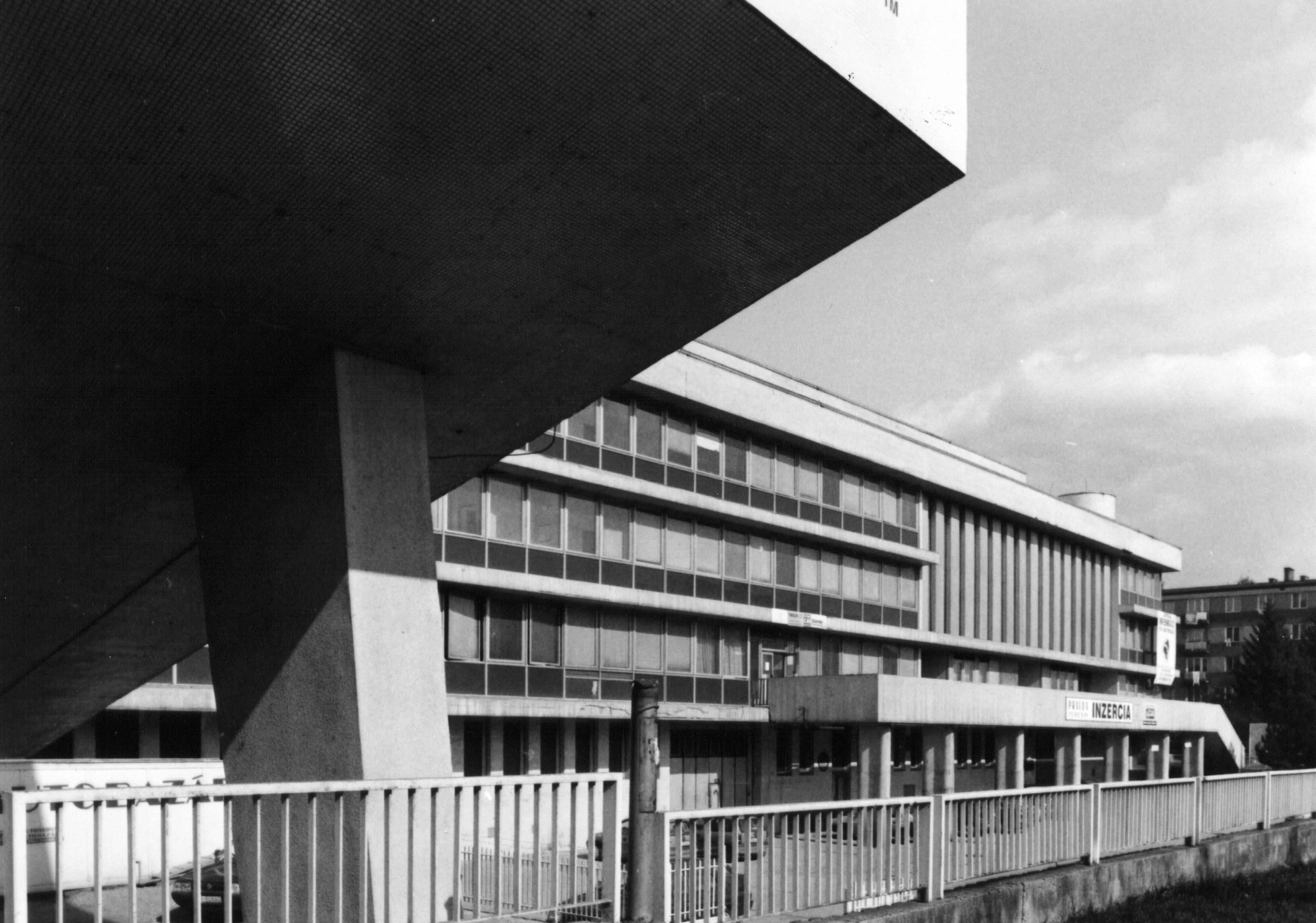Do.co, mo.mo
DOCOMOMO (Documentation and Conservation of Buildings, Sites and Neighborhoods of the Modern Movement)is an international organization aimed at research, documentation, promotion and preservation of Modern Movement architecture. Founded in 1990 in the Netherlands, Slovakia was one of the co-funding members. Today it operates from the headquarter in Barcelona and associates more than 40 national working groups. The Slovak working group is one of the associations under Slovak Association of Architects. The working group members (architects, historians, theoreticians and critics of architecture) investigate and promote Modern Movement architecture and their activities include the elaboration of the national register of MoMo monuments....
Women’s creativity since the Modern Movement – MoMoWo
Women’s creativity since the Modern Movement – MoMoWo – is a large-scale cooperation project co-funded by the European Union Creative Culture Programme under the Culture Sub-Programme. In the years 2014 - 2018 it was covered by the Politecnico di Torino (Italy). The Faculty of Architecture and Design of the Slovak University of Technology in Bratislava and researchers of the Department of Architecture of the Institute of Architecture of the Slovak Academy of Sciences also collaborated on the project. MoMoWo focused on women's work in design, architecture and urban planning, landscape architecture and engineering. The aim of the project was to...
School of Arts and Crafts (1928 - 1939)
The School of Arts and Crafts in Bratislava belongs to one of the key topics in the modern history of Slovakia. Its importance clearly exceeds our local space, as in its time it was one of the most advanced schools of art in Europe. As part of a wider cultural movement, it brought together important personalities, who transformed Slovakia into a modern country through countless initiatives and collaborations. However, the Bratislava School of Arts and Crafts almost fell into oblivion. Even many people from Bratislava do not know that such a unique school operated in their city in the interwar...
ATRIUM
ATRIUM The Architecture of Totalitarian Regimes in Urban Managements ATRIUM The Architecture of Totalitarian Regimes in Urban Managements is an ambitious project which aims to put a key element of twentieth-century European history, heritage and memory into greater focus. It is ambitious in its scope but also in the extent and nature of the partnership. The project is made up of 18 partners from 11 different countries from the area of South East Europe. The partners come from Italy, Slovenia, Bulgaria, Hungary, Slovakia, Romania, Greece, Croatia, Serbia, Albania and Bosnia-Herzegovina, and all share a desire to focus on the architectural...
Unintended City: Architectural and town-planning Conceptions of 19th and 20th century in the Urban Structure of Bratislava
Project APVV-16-0584 Bratislava is a characteristic example of a city that was decisively shaped by the ideas of the 20th century. Over two-thirds of its current area was built in the spirit of the principles of modern architecture and urban planning across the 19th and 20th centuries. Yet these urban or architectonic conceptions, paradoxically, largely formulated the urban structure of Bratislava not within the sense of, but directly against the idea of planned aims. The reason for this contradiction between the ideal and the realized was largely the result of sharp discrepancies in social development under various political orders, yet...
Neplánované mesto: architektonické a urbanistické koncepcie 20. storočia a ich priemet do mestskej štruktúry Bratislavy
Projekt VEGA 2/0074/17 Bratislava je charakteristickým príkladom mesta, ktoré rozhodujúcim spôsobom určili architektonické a urbanistické koncepcie minulého storočia. Viac ako dve tretiny jej plochy vybudovali v duchu princípov modernej architektúry a urbanizmu. Kľúčové paradigmy 20. storočia však mestskú štruktúru Bratislavy ovplyvnili často nie v zmysle ale priam proti svojmu obsahu. Pod túto protichodnosť zamýšľaného a realizovaného sa do veľkej miery podpísala diskontinuita spoločenského vývoja ale aj súťaženie lokálnych predstáv o budovaní mesta a zámerov oficiálnych predstaviteľov o podobe hlavného mesta krajiny. Projekt sa sústredí na identifikáciu a vyhodnotenie konkrétnych miest v mestskej štruktúre, ktoré reprezentujú skúmaný fenomén neplánovaného mesta. Získané...Architecture of welfare state
The concepts of social politics in the field of architecture and construction developed in 1930s were fully and massively applied after the World War II. This trend had universal character and was present after the first decade of post-war renewal, both in Western and Eastern Europe. Housing, schools, public services as culture and health care services that have been built at that time, represent till today core of the everyday architecture. In the context of the authoritarian socialist state was mass housing and connected public services one of the key tools of strengthening the trust of citizens in state. Building...
Industriál
In Slovakia, we use the word "Industriál" (noun) as a term covering mainly modern industrial architecture (production buildings), but also the various technical works, including their technological equipment, beginning with the transition from manufactory production to industrial production (in Slovakia as late as the second half of the 19th century). The historical layer represented by the modern Industriál is not only a proof of the economic and technical development of the country during the industrial revolutions, but also a cultural and social phenomenon. It has co-shaped the urban environment and has also, particularly in some regions, significantly changed the rural...Architecture of post-war modernism
Modern architecture of the second half of the 20th century forms a substantial part of the current building stock in Slovakia. These works represent an important phase in the history of Slovak architecture, which, after a short period of adopting Soviet models in the form of historicizing socialist realism, sought its new form, reflecting international developments and at the same time creating its own, locally specific variant of modernism. The architecture of post-war modernism is thus part of the cultural and social emancipation of Slovakia. Post-war architecture is also the work of the first generation of architects, structural engineers, designers...